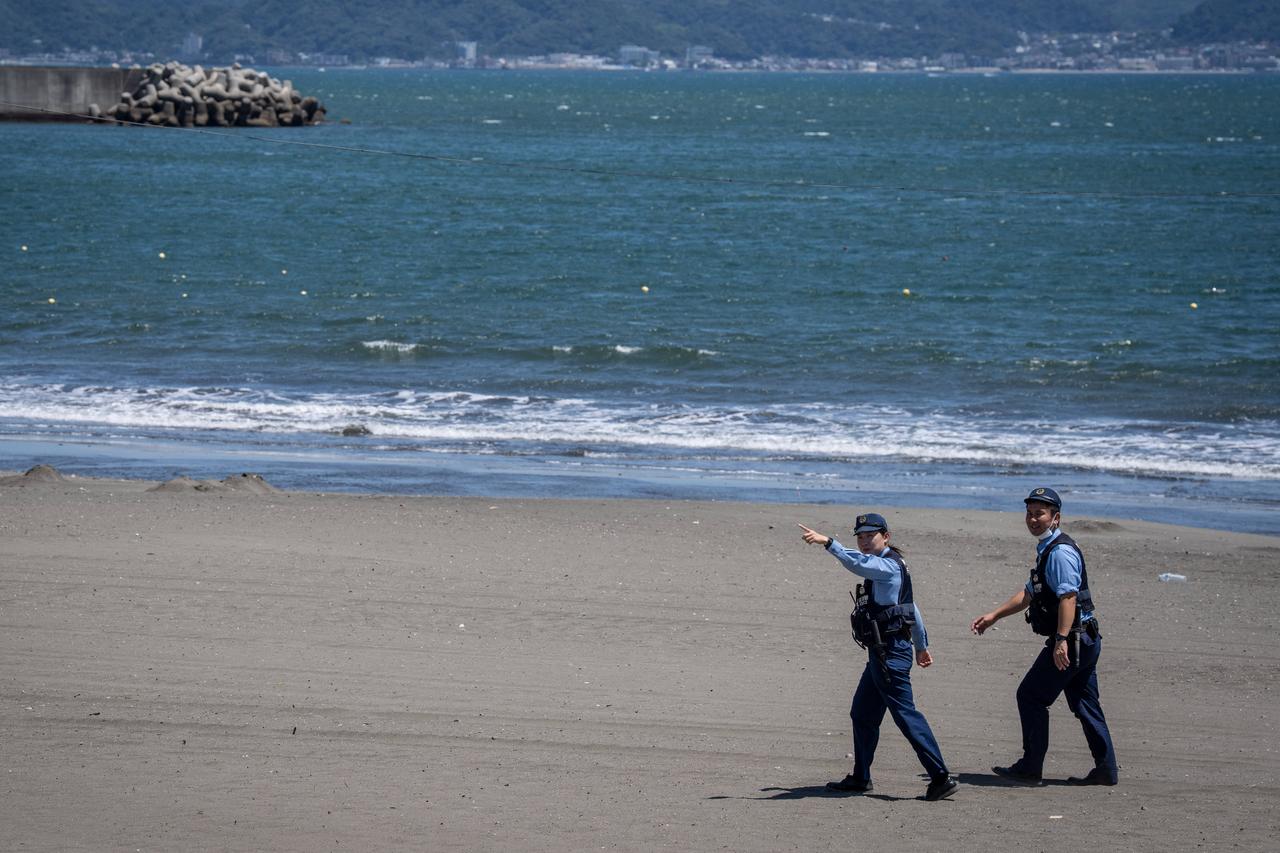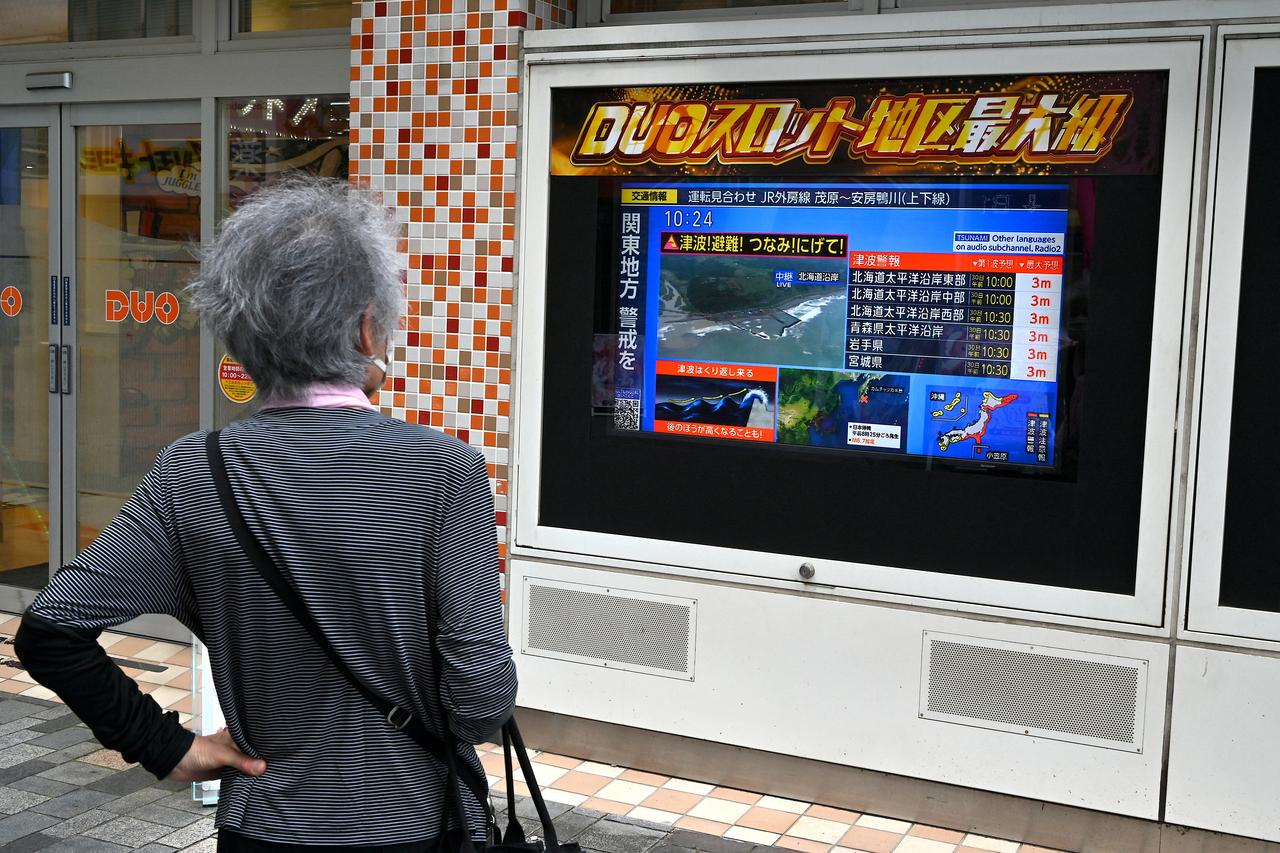
A powerful earthquake of magnitude 8.8, one of the strongest ever recorded, struck off the eastern coast of Russia's remote Kamchatka Peninsula on Wednesday (July 30, 2025, 11:25 a.m. local time), sending tsunami warnings rippling across the Pacific Ocean.
Millions across the Pacific, including residents in Japan, Hawaii, and parts of the U.S. West Coast, were urged to evacuate to higher ground as concerns mounted.
In a groundbreaking report by Esme Stallard and Mark Poynting for BBC News, several factors likely contributed to the less severe outcome than initially anticipated.
The earthquake, categorized as a "megathrust" event, occurred in the highly active "Pacific Ring of Fire," where the Pacific plate is subducting beneath the Okhotsk microplate.

This immense geological friction, building over millennia, was released in a matter of minutes, causing the powerful tremor.
Stephen Hicks, a lecturer in environmental seismology at University College London, explained to the BBC that such large earthquakes involve rupture over "many hundreds of kilometers," generating their high magnitude.
Despite the immense power of the quake, the resulting tsunami waves were significantly smaller than the historical devastating events.
Professor Lisa McNeill, professor of tectonics at the University of Southampton, noted to the BBC that the height of tsunami waves is heavily influenced by "local shapes of the seafloor near the coast and the (shape) of the land where it arrives."
These geographical factors, along with coastal population density, play a crucial role in the ultimate impact.

Initial reports from the U.S. Geological Survey indicated the earthquake's epicenter at a relatively shallow depth of 20.7 kilometers (12.9 miles).
However, Hicks suggested that "one possibility is that the tsunami models have maybe taken a conservative estimate on the earthquake depth," implying a potentially deeper actual hypocenter could have "reduced the amplitude of the tsunami waves quite considerably."
Deeper earthquakes generally cause less seafloor displacement, leading to smaller tsunamis.
Crucially, improved early warning systems across the Pacific region proved invaluable.
Unlike the 2004 Boxing Day tsunami, where no such comprehensive system was in place, countries in the Pacific, highly prone to seismic activity, activated their tsunami centers.
These warnings facilitated widespread evacuations, undoubtedly saving countless lives and mitigating potential devastation.